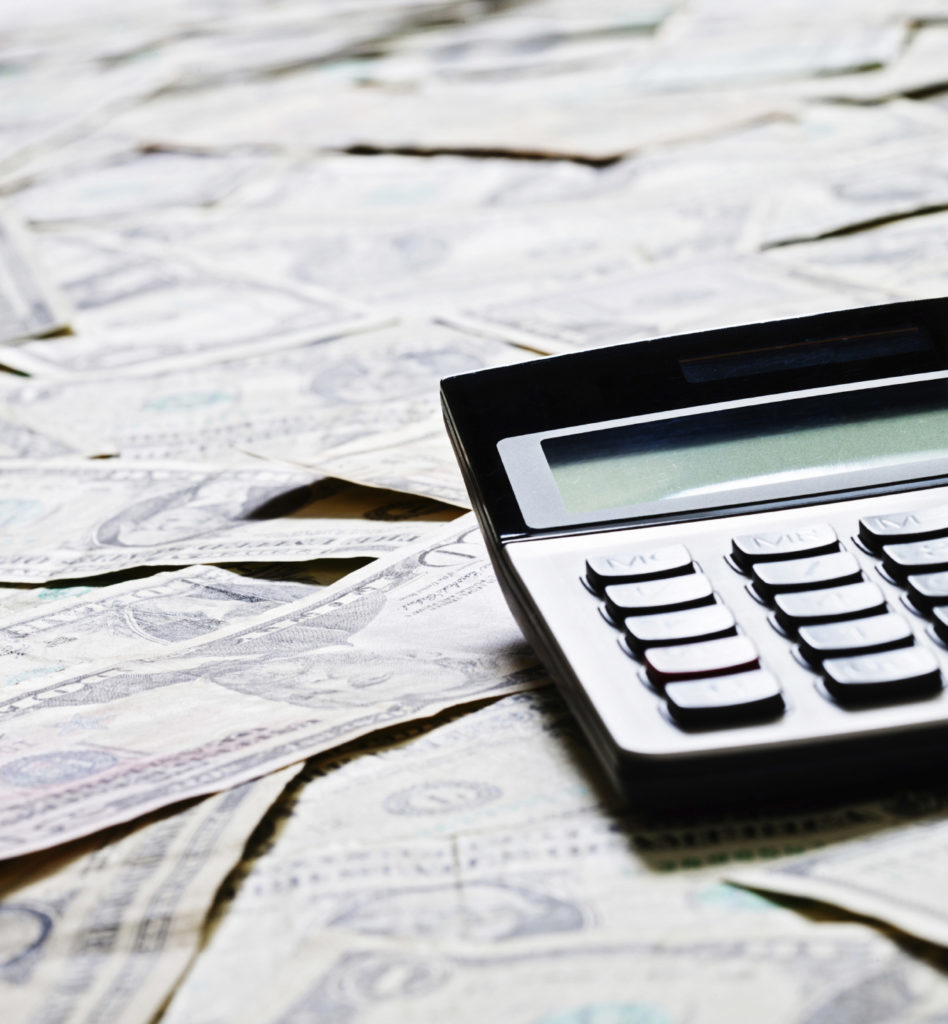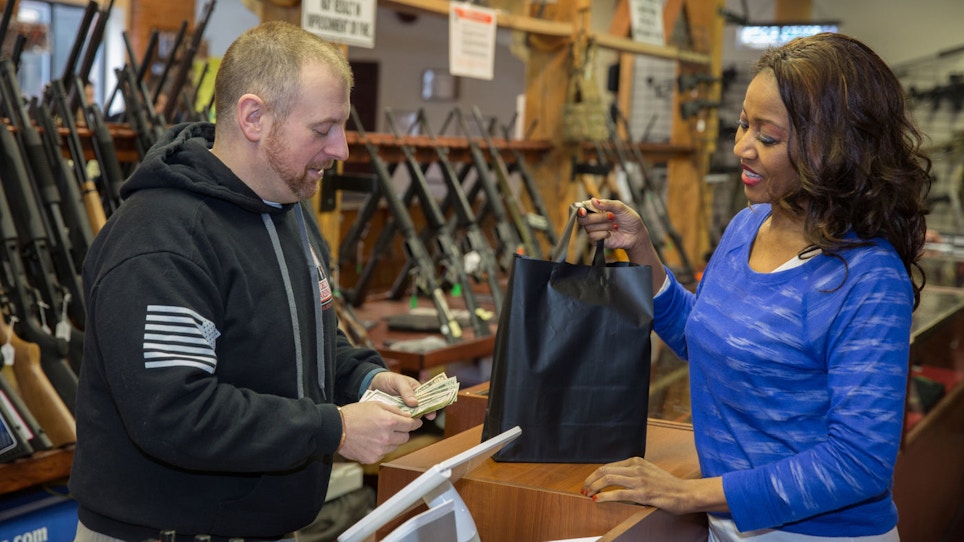By: Robbie Brown, Consultant For Service & Merchandising Industries, a Variety of Corporations, Industry Groups and Trade Associations
Retailers generally agree that profit is their single most important commodity. Without profit a business dies rather quickly. That said, of equal importance is positive cash flow. The difference between the two? Bad cash flow will close a business quicker than bad profits.
In simplest terms, cash flow refers to the amount of available cash a retailer has at any time as a result of cash income (e.g., sales) versus cash expenditure (e.g., inventory purchases and expense payables). It is a distinctly different dynamic from profitability, which measures profits or losses from operations including both cash and non-cash expenses.
In the case of profitability, you can lose money for a year or two and still not go out of business. A loss year only reduces the net worth (the difference between total assets and total liabilities) of a company. On the other hand, if you run out of cash and can’t make payroll or your bank loan payment, then you will have to obtain additional paid-in capital (cash) or close your business. Let’s look at this another way: Having a positive cash flow allows a retailer to stay in business and meet all its cash expenditures such as payroll, payables and debt obligations. Profit, on the other hand, is the profit or loss report card for a defined period of time such as a month or a year.
Analyzing Your Cash Flow
In order for a retailer to keep the business liquid and healthy, a cash flow analysis (or cash budget) is needed much like an open-to-buy (OTB) budget is needed relative to inventory purchases. In the case of cash, however, the budget becomes cash available to spend versus an open-to-buy, which addresses inventory to be ordered relative to inventory dollars on hand and on order compared to projected sales.
A cash flow analysis is usually constructed in 30-day increments. In such a plan, you’ll compare likely cash income such as sales and receivables against likely cash outflow such as payroll, payables and scheduled payments such as bank loans or car payments. If planned cash input equals or exceeds anticipated cash outflow, then the retailer remains liquid and viable.

Of all the challenging problems retailers face, cash flow is fraught with danger. If payables or payroll is due and if the retailer can’t borrow or get additional paid-in capital, then the company is technically insolvent. As I said before, you can operate without profits for a year or two, but you cannot operate without sufficient cash. To keep your cash account healthy, I recommend retailers do the following:
- Create a cash budget/analysis as explained.
- Post anticipated cash requirements versus cash inflows to a spreadsheet weekly. This will be your cash forecast. Automate the process if possible through cash management software.
- Have a plan in place to energize cash inflows whenever it becomes evident there is a cash shortfall looming. For instance, if you have exhausted bank loans and other additional capital, then you must liquidate your slow- moving and obsolete inventory to generate cash.
- Create a strong relationship with your banker such that if you run short of cash you can borrow on a short-term basis to meet your cash needs.
- Strive to increase your inventory turns to four turns, which theoretically represents a 90-day supply of all inventory.
- Order less on large orders that have extended payment terms in favor of ordering as needed with 30-day terms. This will increase your turn
- rate and, therefore, your cash flow.
- Concentrate your purchases in the “A” item group (the 20 percent of items that produce 80 percent of the sales), the “B” items (the 40 percent of the items that produce 15 percent of the sales) and greatly reduce or drop the “C” items that typically consist of 40 percent of your items but only contribute five percent of sales.
- Don’t use short-term liquidity (cash) for long- term capital purchases such as a new store, autos, computer systems, store renovations, etc. Instead, take out a term loan for capital purchases.
- Set up a progressive markdown plan for all items selling below expectations and for which their “weeks of supply” (current on-hand inventory divided by average weekly unit sales) is unduly elevated.
Remember that profits are great, but cash is king. Being liquid is the thing that allows you the flexibility to take advantage of opportunistic purchases and adjust to fluctuating circumstances.
About the author: Robbie Brown has an extensive background in retailing, wholesaling, distribution service industries and consulting. He has been CEO of numerous companies in the shooting sports industry, including several retail chains and distribution companies. Brown consults for businesses of all sizes in both the merchandise and service industries, as well as for a variety of corporations, industry groups and trade associations. He is a frequent round-table moderator and speaker before industry trade shows, conventions and other corporate groups, and he has published more than 300 business-related articles in various trade magazines, delivered hundreds of speeches and served as a business advisor to many CEOs inside and outside of the firearms industry.





